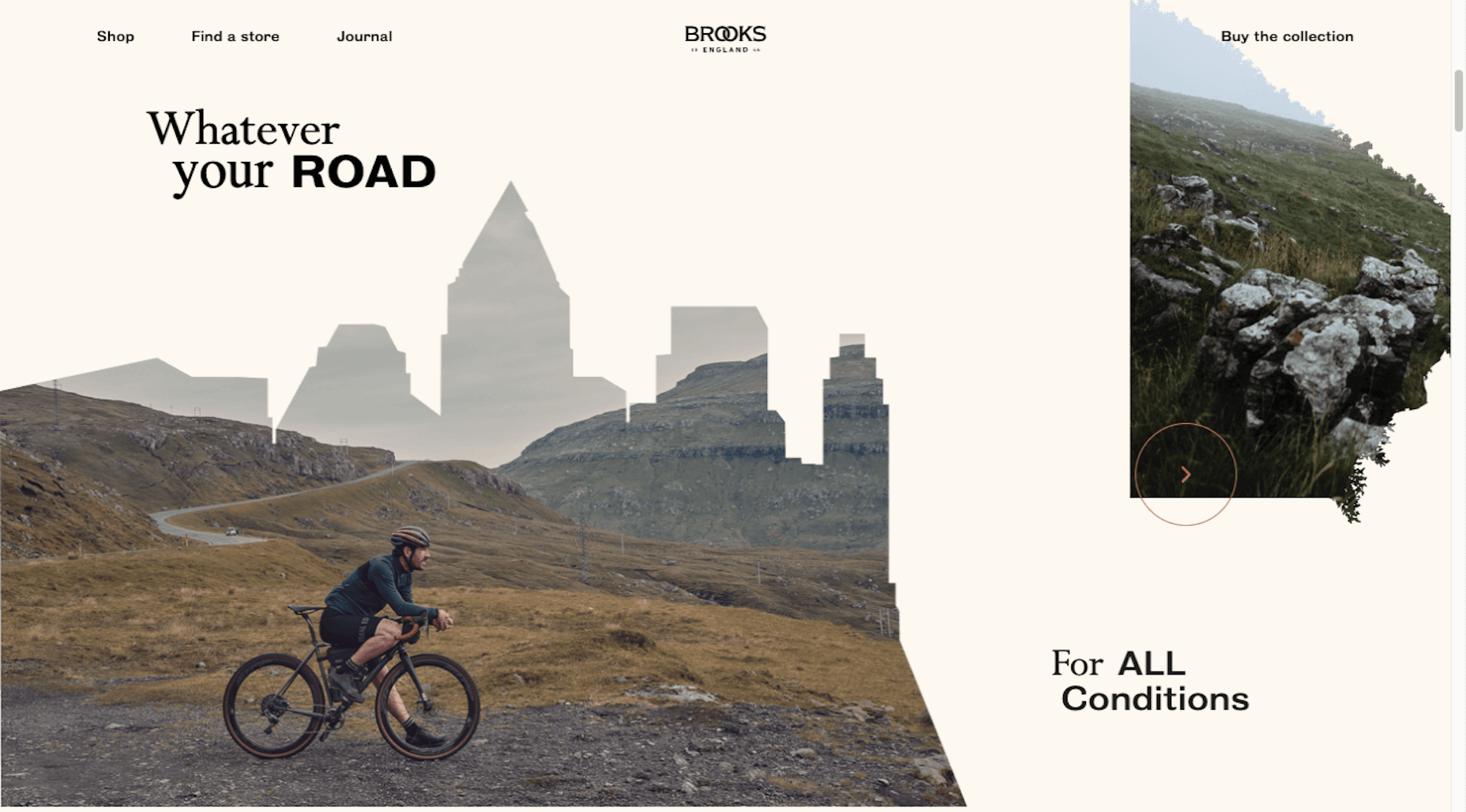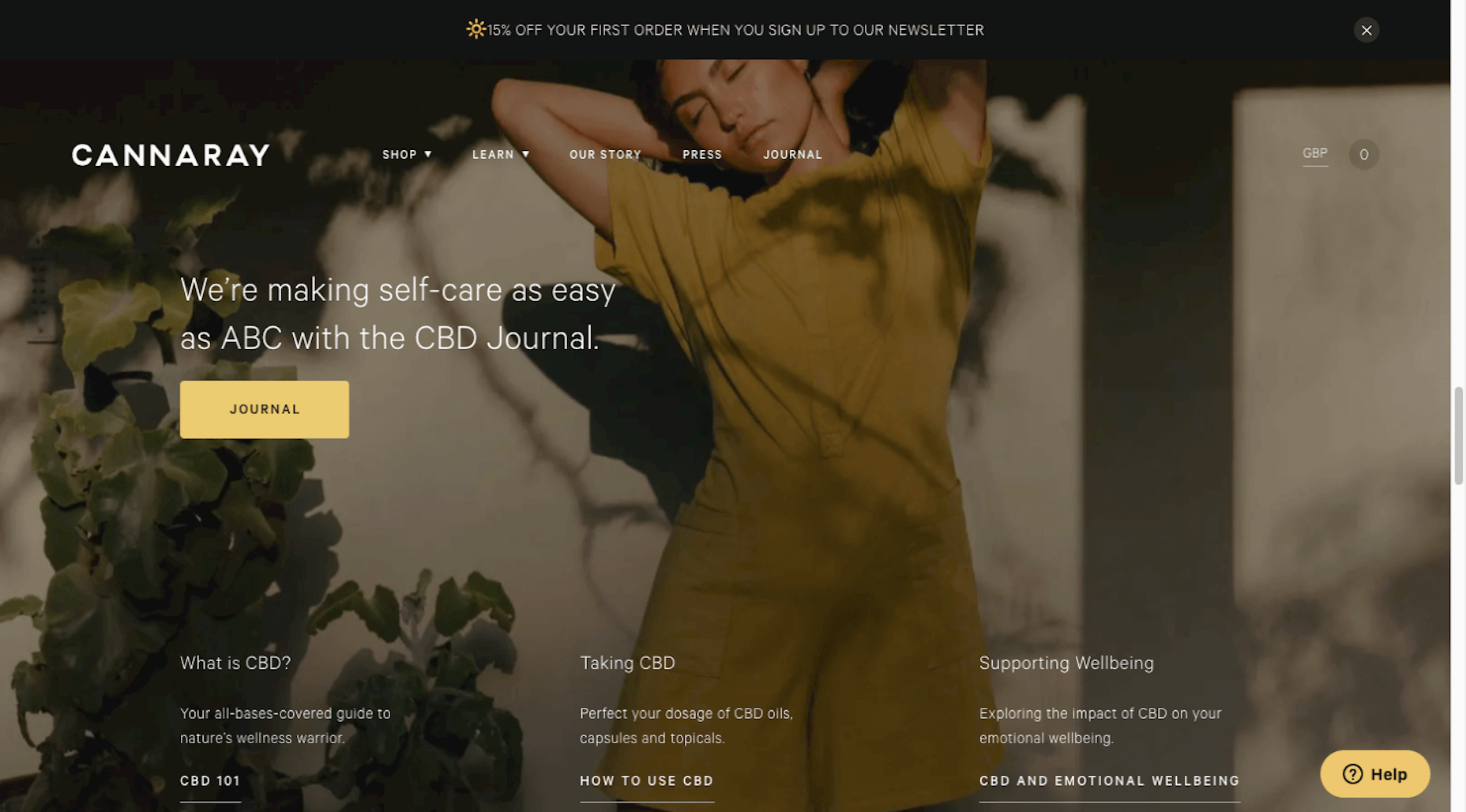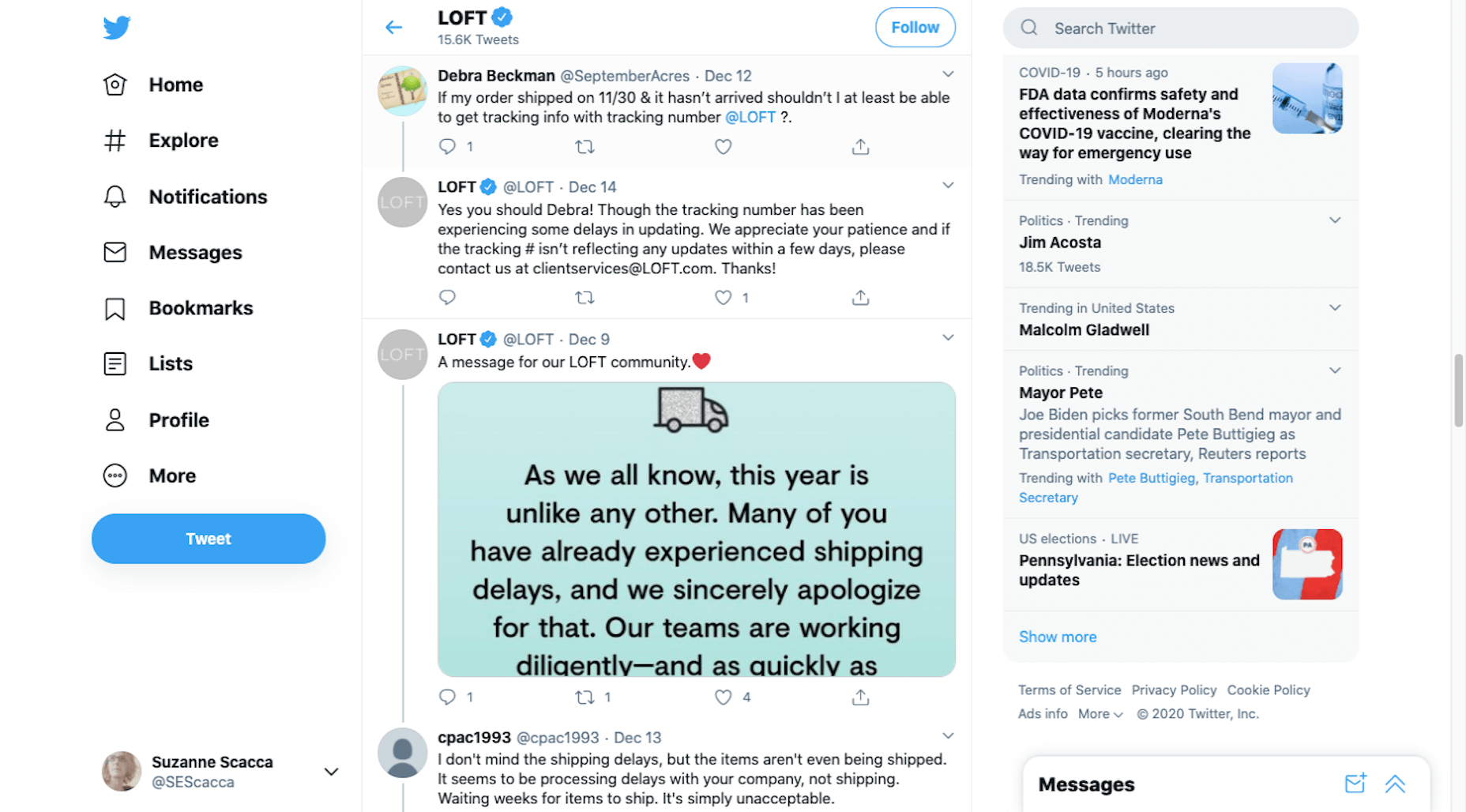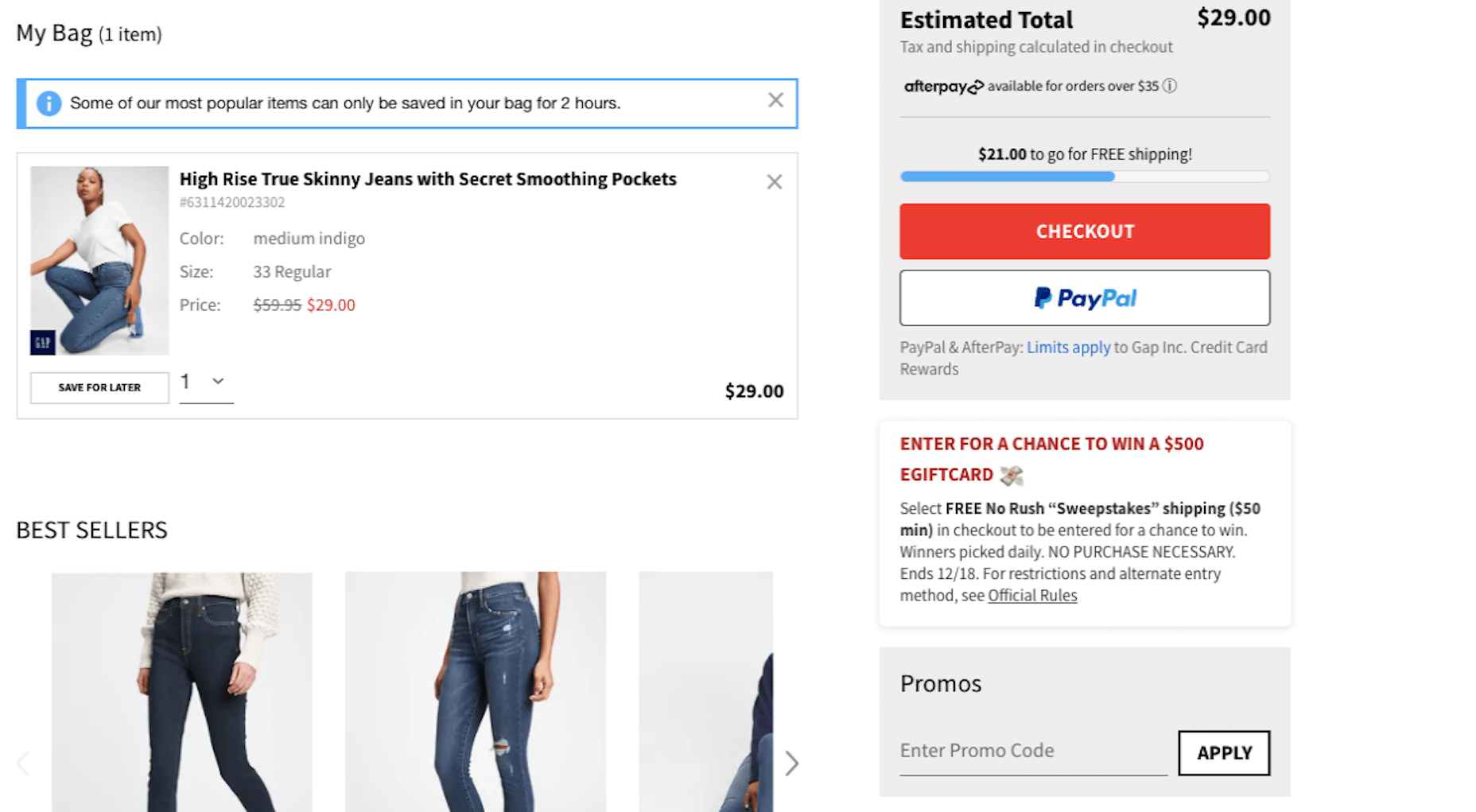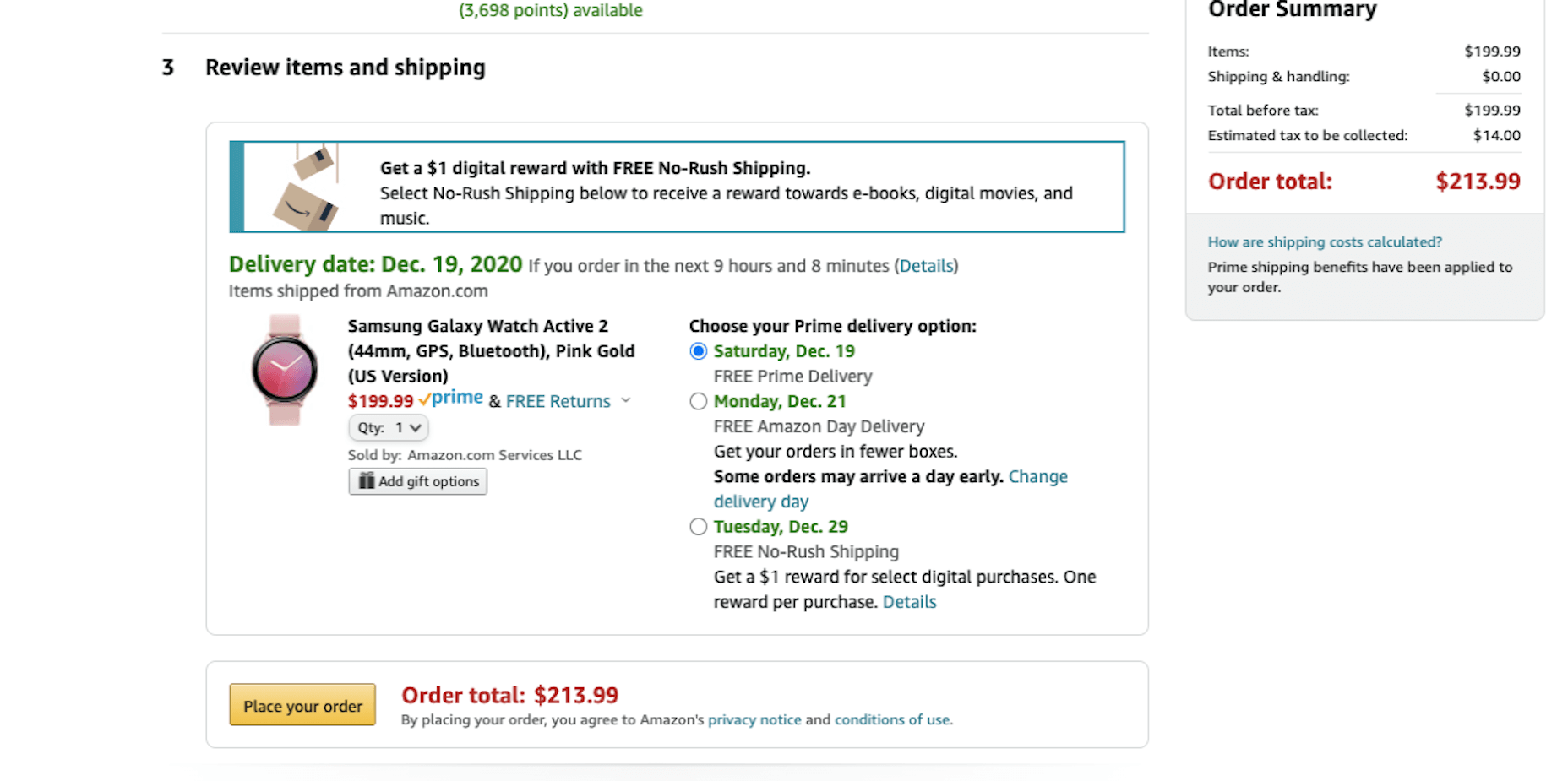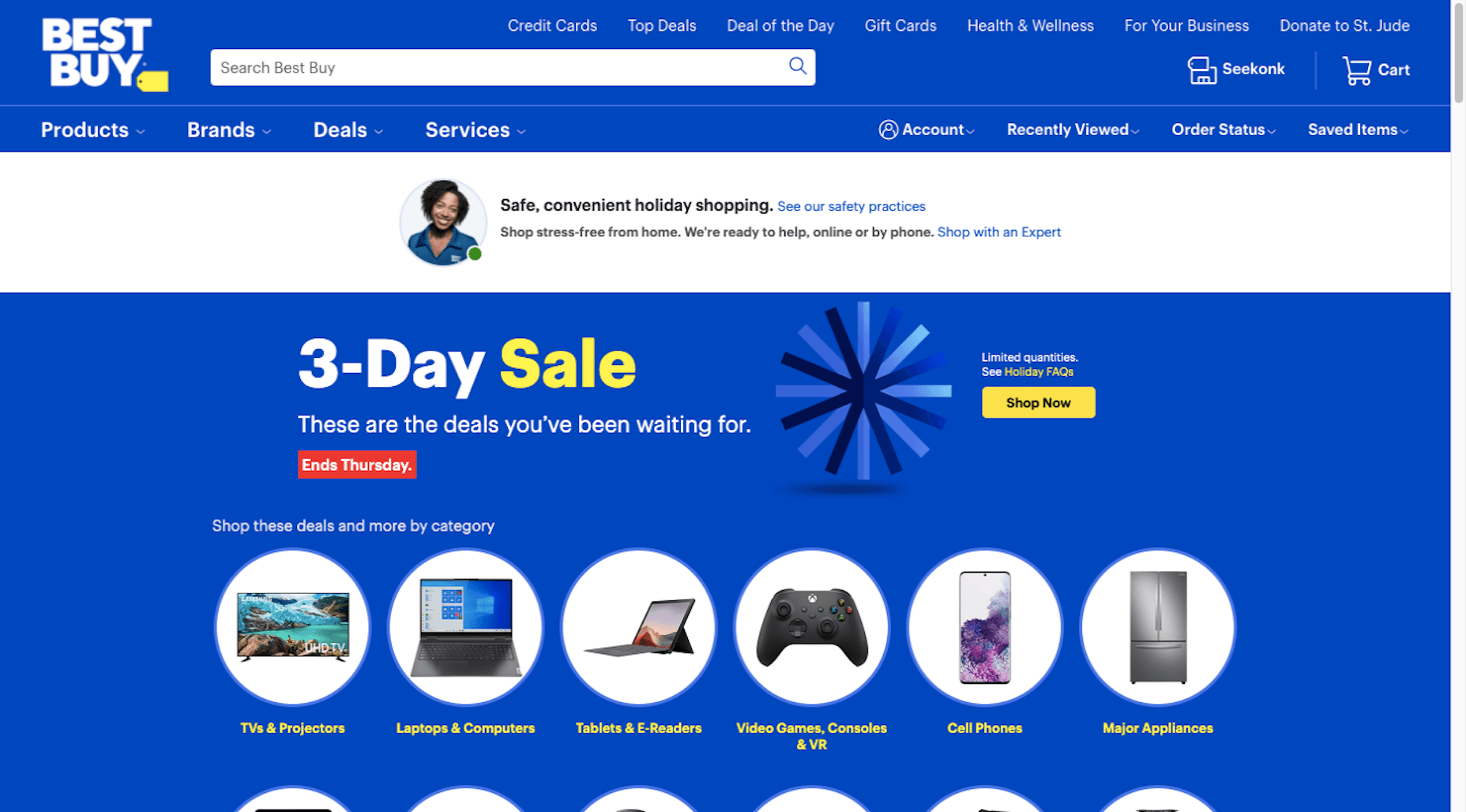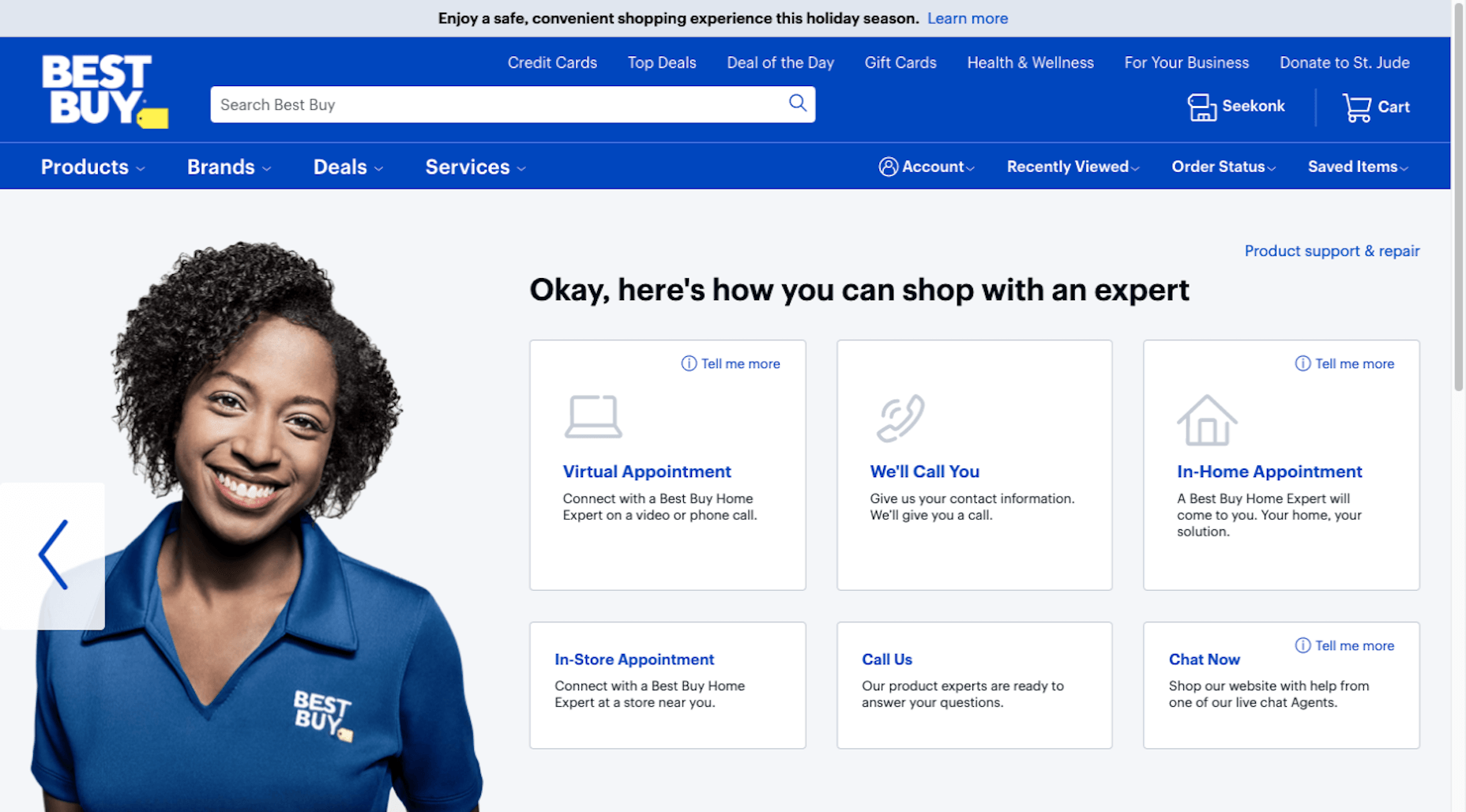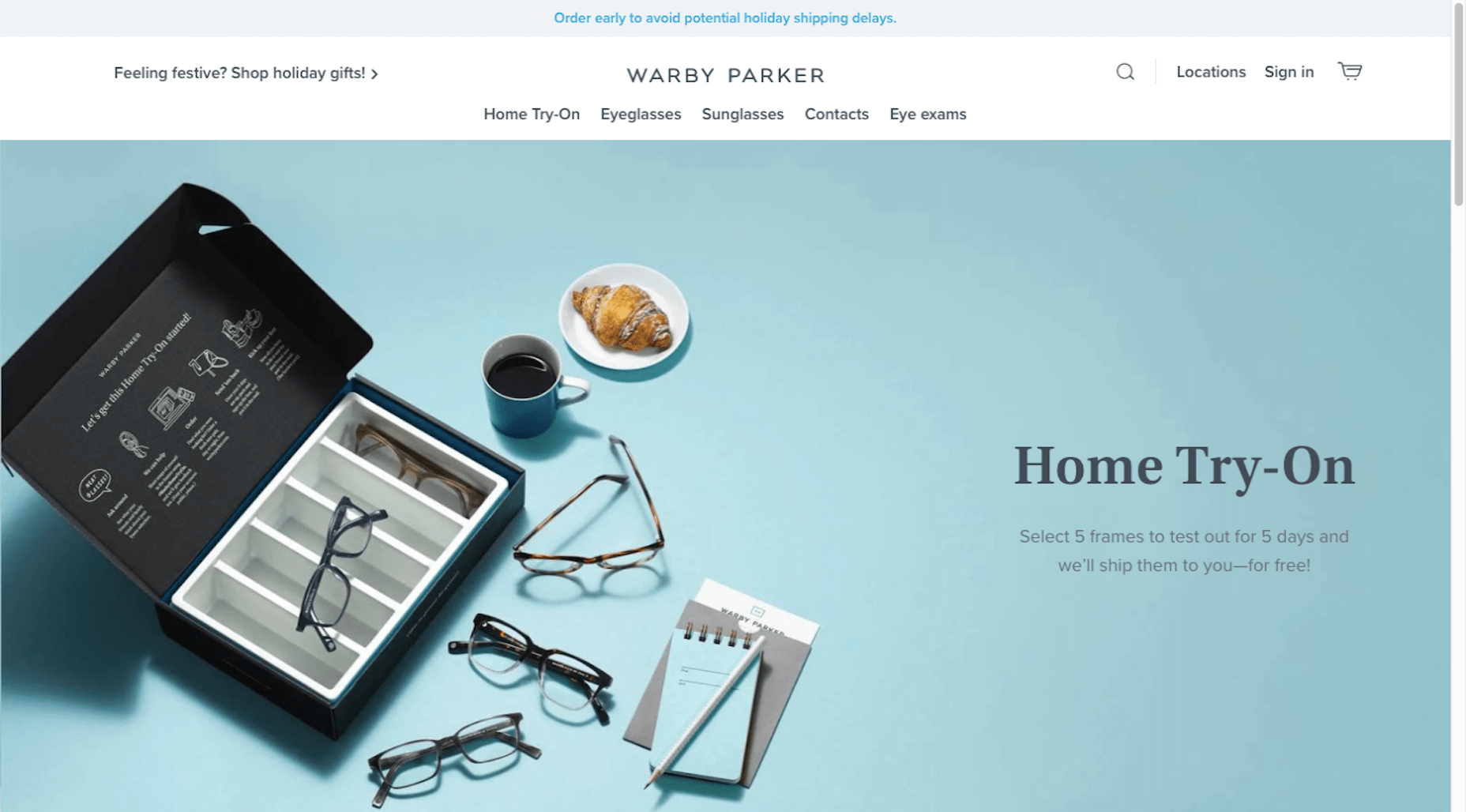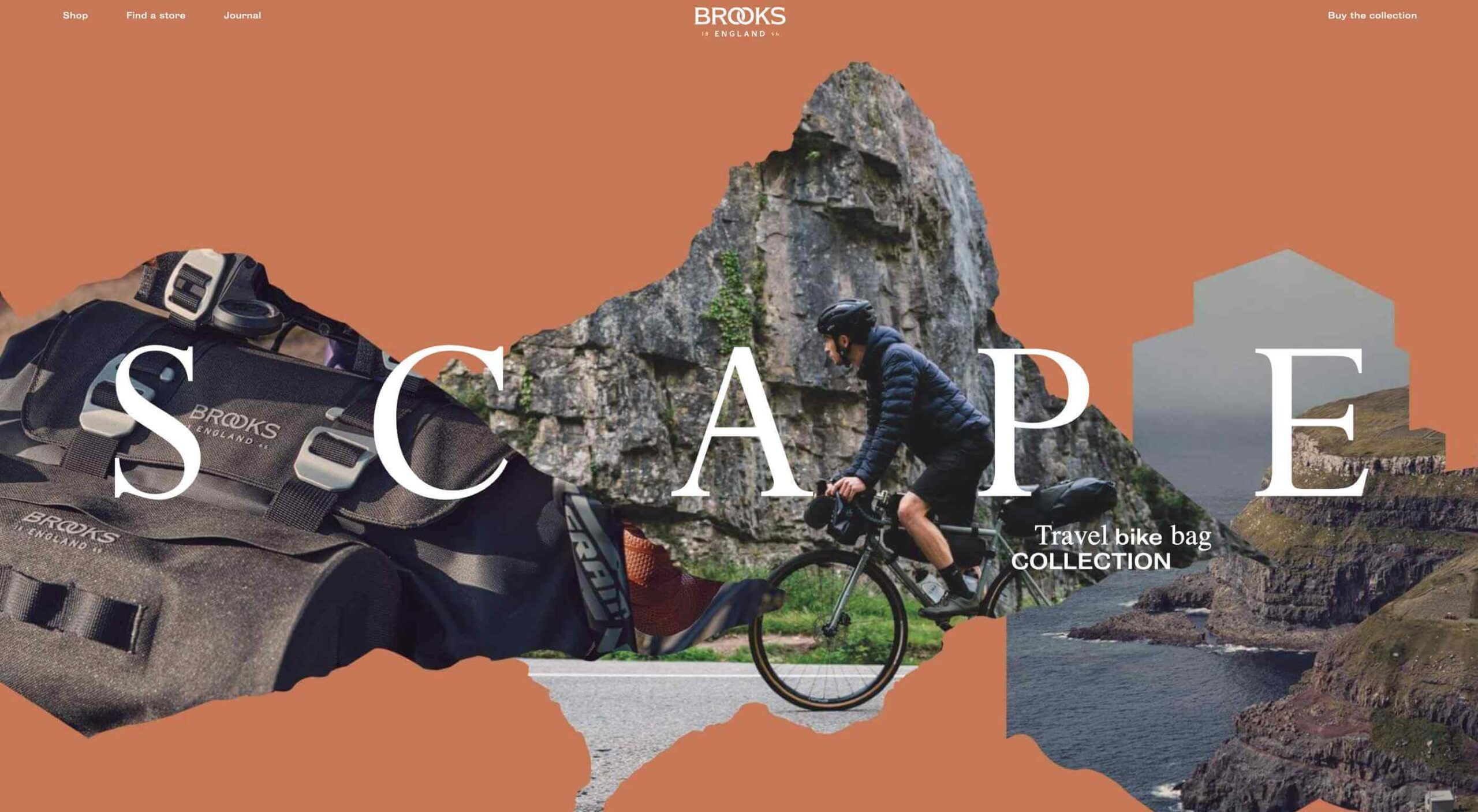 Ecommerce design may seem fairly straight-forward; you build an online store that showcases a company’s products or services and gives customers a quick and pain-free way to purchase them.
Ecommerce design may seem fairly straight-forward; you build an online store that showcases a company’s products or services and gives customers a quick and pain-free way to purchase them.
While that formula will always hold true, ecommerce is undergoing some big changes, and web designers need to be prepared to keep up with them. This monthly ecommerce trends roundup will explore these new and evolving design, sales, and marketing trends.
1. Calmer Color Palettes
Although we’re not likely to see this trend go near the sites for big box stores, it’s something smaller ecommerce companies are adopting. And with good reason.
As consumers become wary about how much money they’re spending, they don’t need to feel pressured or rushed into a purchase. And ecommerce sites that employ calmer color palettes — like pastels and earth tones — will do a better job of putting their customers at ease.
Bicycle saddle manufacture Brooks England shows how this trend plays out in ecommerce design:
It’s not just outdoors or sporting goods companies that can use more natural-looking colors, either. CBD product vendor Cannaray is another company that uses a more subdued color palette:
Really, any store that wants to do a better job creating satisfying experiences for customers and gaining their long-time loyalty should consider toning things down with color.
2. No-rush Shipping Rewards
For years, we’ve seen consumers go crazy for brands that offer free and fast shipping. But thanks to the surge in online shopping in 2020, ecommerce companies, their shipping partners, and delivery service providers just haven’t been able to keep up with the pace.
When customers are unhappy with slow deliveries, they’re going to go to social media and review sites to bombard brands with complaints, as has been happening with Loft since November:
Although many ecommerce stores still don’t inform customers ahead of time about these delays, we’re starting to see a new checkout trend.
Here’s how Gap is encouraging and rewarding customers for choosing no-rush shipping:
Amazon is another ecommerce site that encourages no-rush shipping at checkout with a reward:
Not only does this set better expectations for customers before they finish their purchases, but it encourages everyone to slow down a bit so that ecommerce companies and their shipping/delivery partners can keep up.
3. More Human and Empathetic Assistance
Each year, design trend roundups suggest that AI will play a greater role in web design.
While that may be true for things like the search bar or personalized recommendations, ecommerce sites are pulling back the reins on automated support and assistance.
Best Buy, for instance, offers customers the option to “Shop with an Expert”:
After shoppers go through a quick survey, they’re given a variety of options — based on their own level of comfort and convenience — to work with the expert:
Something that might’ve been left in the hands of a self-service quiz or automated chatbot is being given the human touch once more.
We’re seeing a similar trend with retailers like Warby Parker. While it still offers a virtual AR try-on, the main navigation actually emphasizes the home try-on option:
Again, this is another example of ecommerce companies becoming less reliant on automated support to give their customers a better and more confident shopping experience.
Wrap-Up
Ecommerce trends are always evolving. Sometimes it’s due to new technologies. Other times it has to do with what’s happening in the world around us. And sometimes it’s simply to keep up with changing consumer expectations.
Stay tuned as we explore new and emerging ecommerce trends in the coming months…
p img {display:inline-block; margin-right:10px;}
.alignleft {float:left;}
p.showcase {clear:both;}
body#browserfriendly p, body#podcast p, div#emailbody p{margin:0;}
The post What’s New in Ecommerce, January 2021 first appeared on Webdesigner Depot.
